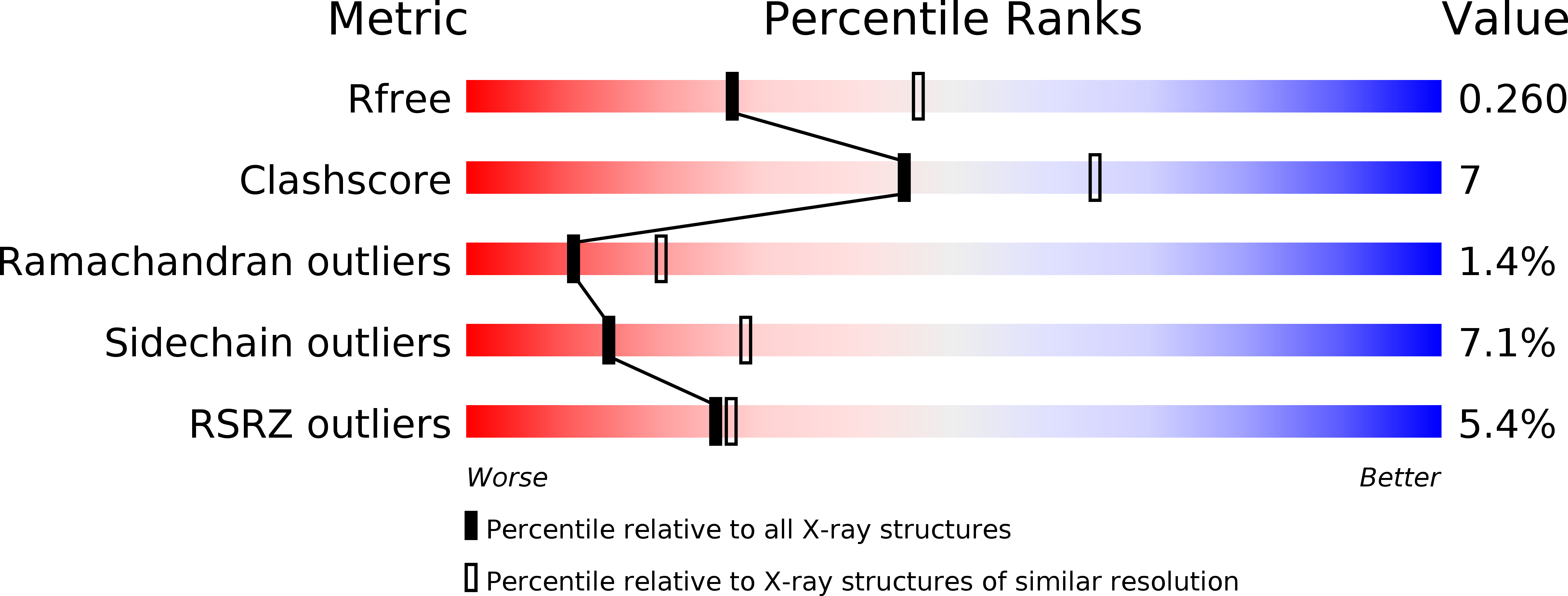
Deposition Date
2005-11-10
Release Date
2006-10-24
Last Version Date
2024-11-20
Method Details:
Experimental Method:
Resolution:
2.50 Å
R-Value Free:
0.26
R-Value Work:
0.21
Space Group:
P 21 21 21


